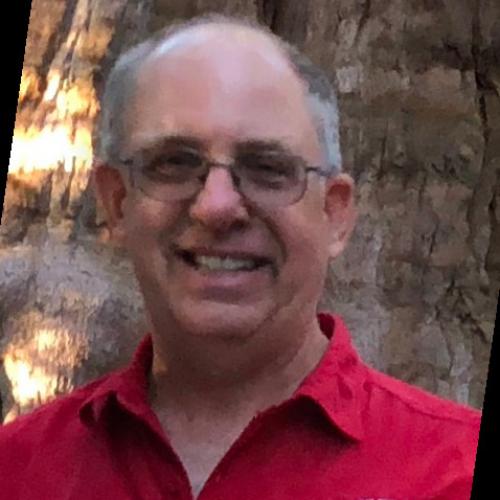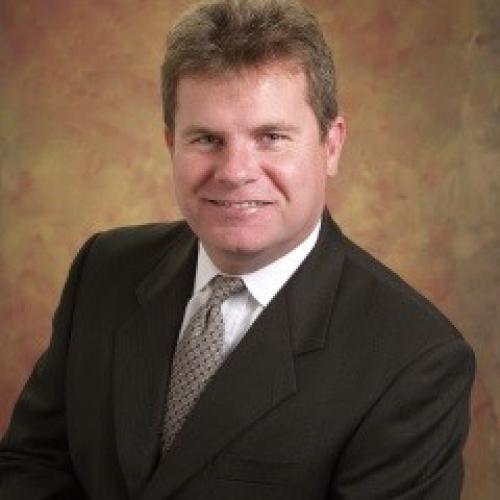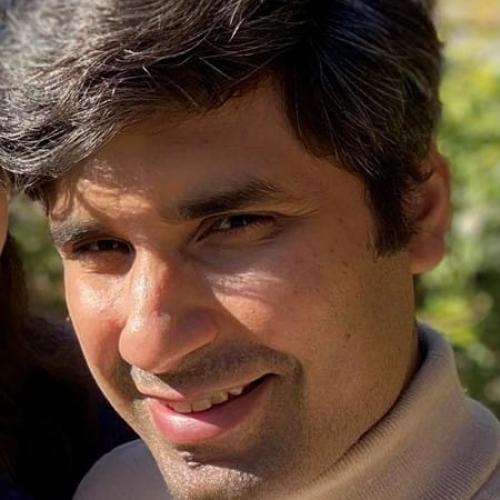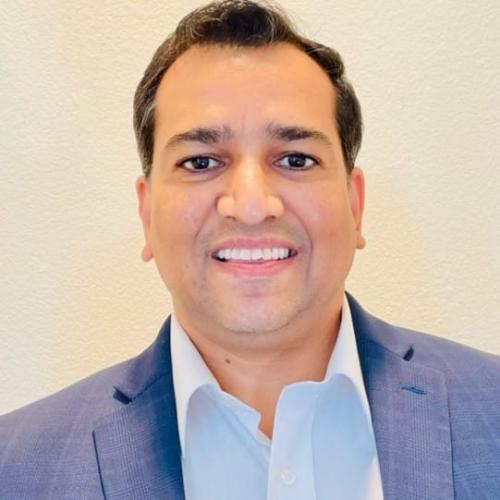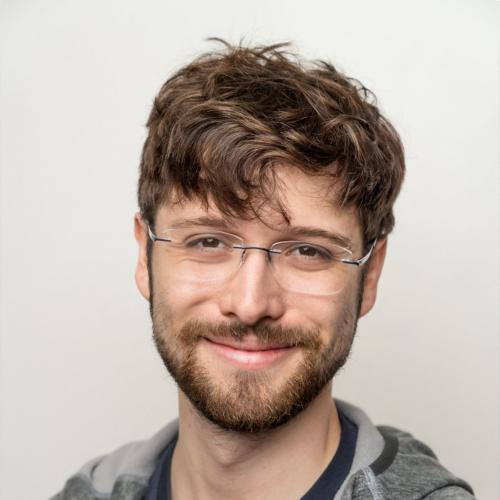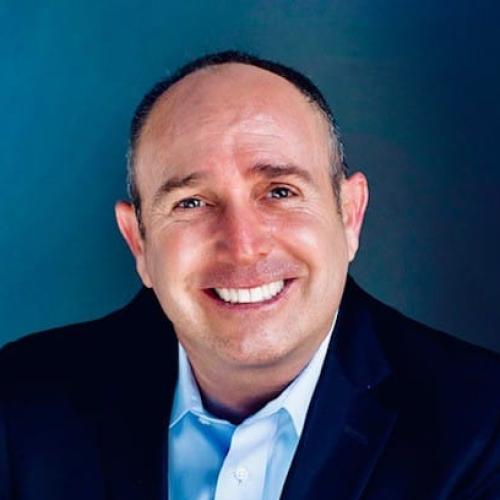The size of the Deep Learning and AI models has increased substantially within the past couple of years. With recent advancements specifically around NLP/Conversational AI and Computer Vision applications powered by large scale models such as BERT, GPT-3 and Vision Transformers (ViT) having hundreds of millions to billions of parameters, deployment and management of such models is becoming challenging. In this talk, I will go over the state-of-the-art models, their Edge AI applications, deployment concerns and approaches on how to leverage them on Edge computing. I will share my experience of deploying such large models from Amazon AI, Uber AI, and Got It AI.
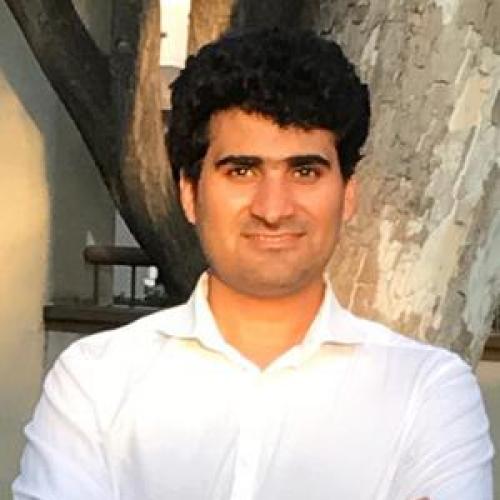
Chandra Khatri
Chandra Khatri is the Co-Founder at Got It AI, wherein, his team is building the world's first fully autonomous Conversational AI technology. Under his leadership, Got It AI is pushing the boundaries of the Conversational AI ecosystem and delivering the next generation of automation products. Prior to Got-It, Chandra was leading various kinds of applied research groups at Uber AI such as Conversational AI, Multi-modal AI, and Recommendation Systems.
Prior to Uber AI, he was leading R&D for the Alexa Prize Competition (Alexa AI) at Amazon, wherein he got the opportunity to significantly advance the field of Conversational AI, particularly Open-domain Dialog Systems, which is considered as the holy-grail of Conversational AI and is one of the open-ended problems in AI. Prior to Alexa AI, he was driving NLP, Deep Learning, and Recommendation Systems related Applied Research at eBay. He graduated from Georgia Tech with a specialization in Deep Learning in 2015 and holds an undergraduate degree from BITS Pilani, India.
His current areas of research include Artificial and General Intelligence, Reinforcement Learning, Language Understanding, Conversational AI, Multi-modal and Human-agent Interactions, and Introducing Common Sense within Artificial Agents.
